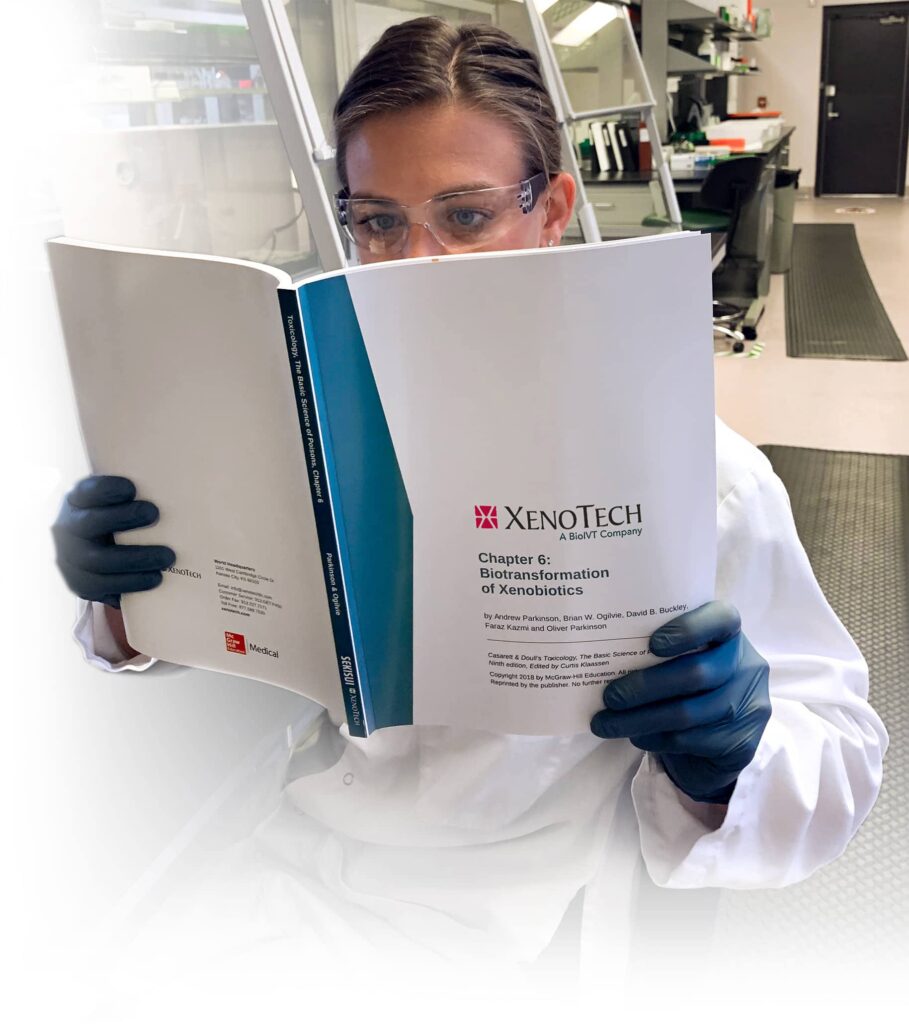
Evaluation of Chemical Inhibitors for UDP-glucuronosyltransferase UGT Reaction Phenotyping Assays
Full Title
Evaluation of Chemical Inhibitors for UDP-glucuronosyltransferase (UGT) Reaction Phenotyping Assays in Human Liver Microsomes
Abstract
In the development of a new chemical entity (NCE) reaction phenotyping studies are carried out to determine specific enzymes involved in the metabolism of the new drug candidate. These studies increase the understanding of how a drug is cleared and it’s potential to be subject to drug-drug interactions (DDI) with co-administrated medications. Polymorphisms and DDIs involving non-CYP metabolism routes (e.g., UDP-glucuronosyltransferases [UGT]) are becoming more widely recognized by regulatory agencies and therefore a need for further investigation exists (Harper et al., 2008, Rowland et al., 2013).
One approach to identify which UGTs are responsible for the metabolism of a drug is the use of chemical inhibitors in an in vitro test system utilizing pooled human liver microsomes (HLM), or pooled cryopreserved human hepatocytes (CHH) (Ogilvie et al., 2008). Factors such as cross-reactivity of inhibitors, protein binding, and depletion of the cofactor, etc. must be considered when designing these studies. Additionally, in vitro metabolism incubations should be conducted under initial rate conditions to obtain an accurate assessment of inhibition (Parkinson et al., 2011).
In the present study, we examined the selectivity of UGT inhibition with a range of protein concentrations and incubation times in HLM, for a variety of commonly used UGT inhibitors with the goal of identifying selective chemical inhibitors.